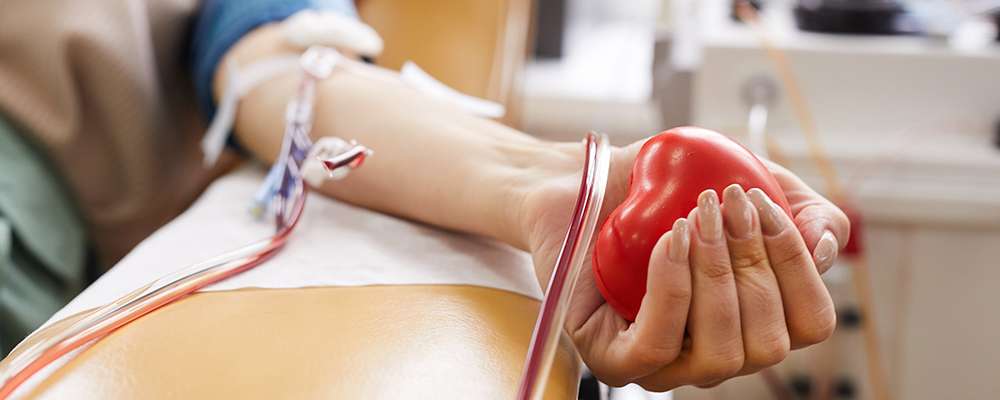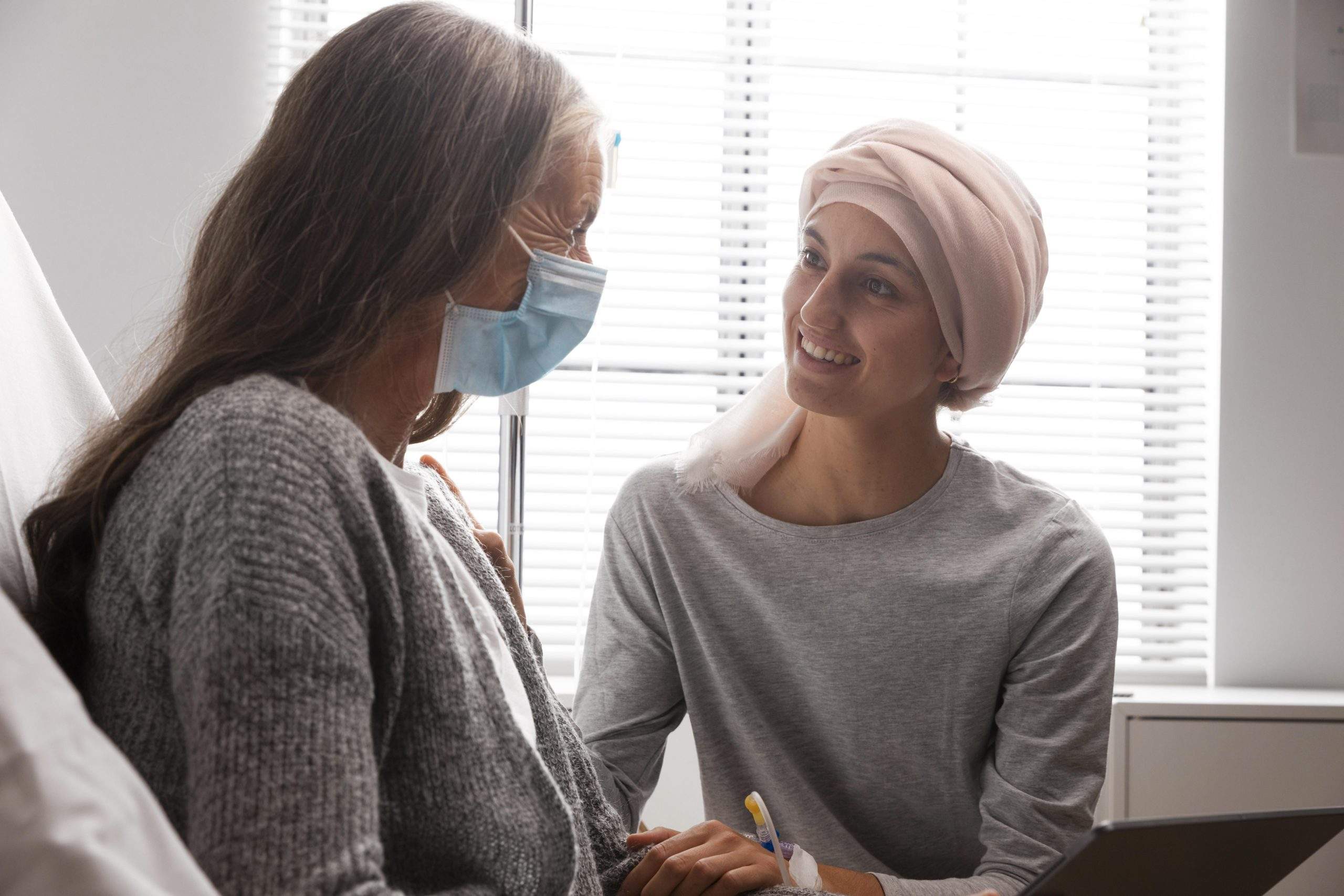Who needs a Blood Stem Cell Transplant?
Blood Stem Cell Transplants are used to treat patients whose bone marrow is not producing healthy blood cells. Nearly 100 potentially fatal blood disorders, including several types of Blood Cancer, Thalassemia and Apastic Anemia, are treated with Bone Marrow Transplants taking the support of stem cell donors. The unhealthy cells of the matched patient will be destroyed with Chemotherapy and healthy blood stem cells collected from a donor will be transplanted.
What is meant by a match?
The cells that manage the body’s immune system come from the bone marrow and therefore a bone marrow (also known as blood stem cell) transplant essentially introduces a new immune system to a person. The donor and the patient have to have the same genetic markers or identity for the patient’s body to accept the new cells. These markers are called the Human Leukocyte Antigens (HLA). HLA is important in matching patients and donors for a blood stem cell transplant. Most transplant centers look at 10 HLA antigens, A, B, C, DRB1 and DQ to select a donor. While a 9/10 match between a patient and a donor may be suitable, a full 10/10 match is ideally required.
Stem Cell Donation
Peripheral Blood Stem Cell (PBSC) donation is one of two methods of collecting blood-forming cells for bone marrow transplants. The same blood-forming cells that are found in bone marrow are also found in the circulating (peripheral) blood.
You will be given a thorough physical examination to make sure you have no pre-existing medical conditions that could pose any special risks to you or the patient. This will include a chest x-ray, ECG and ultrasound scan. At the same time, some blood sample will be collected to test for infectious diseases to avoid any disease transmission to the patient through donation. The results of the above tests will help determine your eligibility to donate.
PBSC donation (a non-surgical procedure) is similar to blood donation except that in PBSC donation only blood stem cells are collected. This is carried out as an outpatient procedure usually taking between 4-5 hours. To stimulate bone marrow to produce stem cells and release them into the blood stream, you will receive an injection called G-CSF (Granulocyte Colony Stimulating Factor) for five days. G-CSF is a type of growth factor and growth factors are proteins made in the body. The collection of Blood Stem Cells will be scheduled on the fifth day with 2 sterile needles inserted one in each arm that will be connected to an Aphaeresis machine. Your blood will be taken out from one arm and processed through an aphaeresis machine that separates out the blood stem cells. The remaining blood is returned to you through a needle in the other arm. This process is similar to what is used when donating blood platelets.
We recommend you not to go to crowded places during this period to avoid any infections. Vitamin supplements may be recommended by the doctor based on your reports. After donating, you are recommended not to do any physical strenuous activity for at least a day.
As it is a non-surgical, OPD based procedure, side effects are very minimal. You may experience headaches, or bone or muscle aches, for couple of days before PBSC donation. These are side effects of the filgrastim(Growth factor) injections and will go away shortly after your PBSC donation. While recovery times vary depending on the individual, most PBSC donors report a full recovery within few days of donation. PBSC donors should expect to return to work, school and most other activities by the next day.













